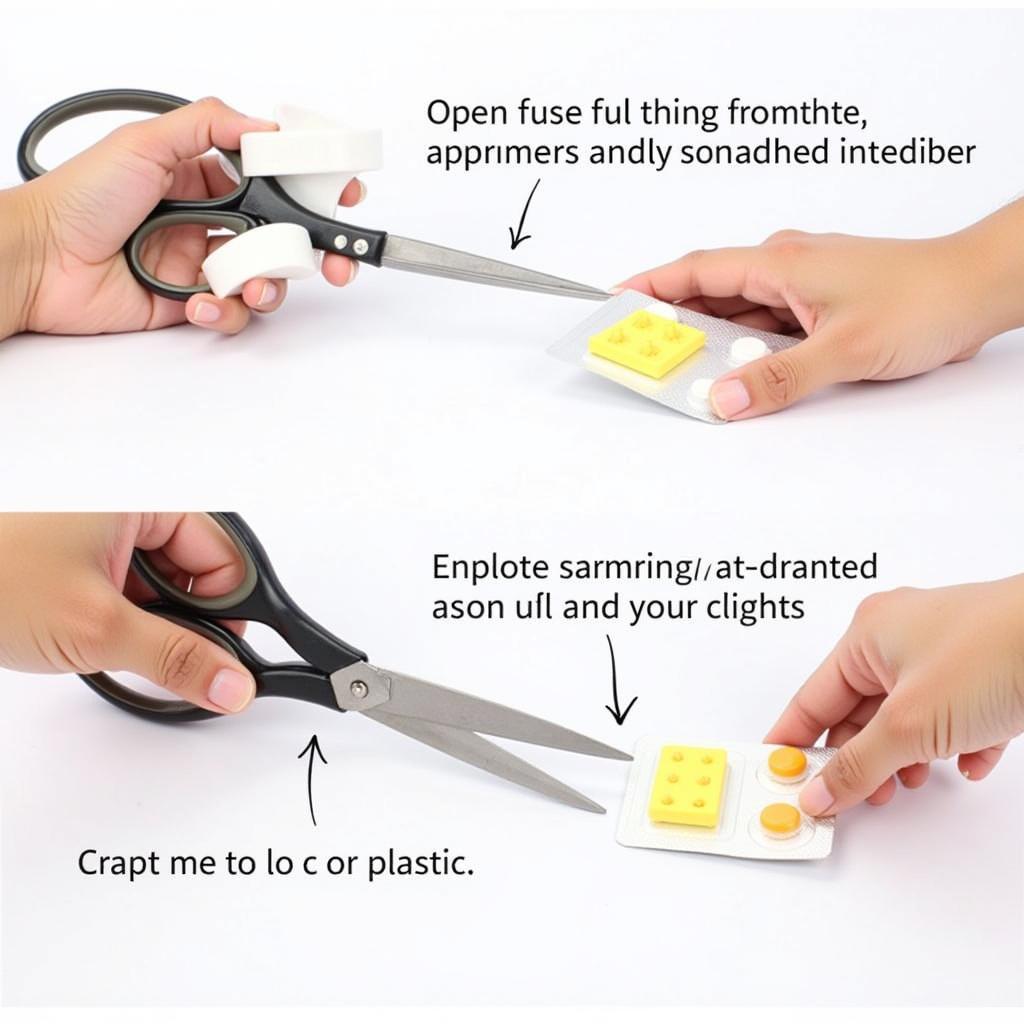Experiencing battery cable issues with your 2009 Silverado? This comprehensive guide delves into the common problems plaguing the battery cables of these trusty trucks, providing diagnostic tips, troubleshooting advice, and remote software solutions. We’ll cover everything from corrosion and loose connections to more complex electrical gremlins, equipping you with the knowledge to get your Silverado back on the road.
Understanding Common 2009 Silverado Battery Cable Problems
Several factors can contribute to battery cable woes in a 2009 Silverado. Corrosion is a primary culprit, forming a non-conductive layer on the cable terminals and hindering current flow. Loose or damaged connections also create resistance, leading to starting problems or intermittent electrical malfunctions. Beyond the obvious, internal cable damage, often invisible to the naked eye, can disrupt power delivery. Recognizing these issues is the first step toward a solution.
Diagnosing Battery Cable Corrosion
Corrosion appears as a white, powdery substance or a greenish buildup on your battery terminals and cable ends. It’s a common sight in older vehicles, particularly in humid climates. If you spot corrosion, it’s crucial to clean it promptly to prevent further damage and ensure proper electrical contact.
 2009 Silverado Battery Terminal Corrosion
2009 Silverado Battery Terminal Corrosion
Identifying Loose or Damaged Connections
A loose connection can be just as problematic as corrosion. Check the cable clamps for tightness and ensure they’re securely fastened to the battery terminals and the other end connected to the engine block and chassis. Look for fraying, cracking, or melting on the cable insulation, which indicates damage requiring immediate attention.
Detecting Internal Cable Damage
Internal cable damage is trickier to diagnose. A seemingly intact cable might have internal breaks or corrosion, hindering current flow. A multimeter can be used to test cable continuity and resistance, helping pinpoint any internal issues.
Troubleshooting and Fixing 2009 Silverado Battery Cable Problems
Once you’ve identified the problem, fixing it can be relatively straightforward. Cleaning corroded terminals with a baking soda and water solution and a wire brush can restore proper contact. Tightening loose connections is often all it takes to resolve starting problems. However, damaged cables necessitate replacement with high-quality parts designed for your Silverado.
How to Clean Corroded Battery Terminals
Mix baking soda and water to create a paste. Apply the paste to the corroded terminals and scrub with a wire brush. Rinse with clean water and dry thoroughly before reconnecting the cables.
Why Should I Replace Damaged Battery Cables?
Damaged cables compromise the electrical system’s reliability. Ignoring them can lead to further issues, including starting failures, electrical malfunctions, and even potential fire hazards. Replacing damaged cables ensures a safe and reliable electrical connection.
Can I Install the Battery Cables Myself?
Replacing battery cables is a relatively simple DIY task. However, if you’re uncomfortable working with electrical components, it’s best to consult a qualified mechanic.
Remote Software Solutions for Advanced Diagnostics
In some cases, battery cable problems may be related to software glitches within the vehicle’s electrical control unit (ECU). Remote software solutions can be utilized for advanced diagnostics and programming, potentially resolving complex electrical issues. These solutions involve connecting to your vehicle’s ECU remotely to diagnose and fix software-related problems.
Conclusion
2009 Silverado battery cable problems can range from simple corrosion to more complex internal damage. By understanding the common issues, diagnosing them effectively, and taking the appropriate corrective measures, you can ensure your Silverado’s electrical system remains in top condition. Don’t let battery cable issues sideline your truck. Address them promptly and get back on the road with confidence.
FAQs
-
What are the signs of bad battery cables? Common signs include slow cranking, dimming headlights, clicking sounds when starting, and intermittent electrical malfunctions.
-
How often should I check my battery cables? It’s recommended to inspect your battery cables every few months, especially during extreme weather conditions.
-
Can a bad battery cable drain my battery? Yes, a damaged or corroded battery cable can create a parasitic drain, slowly depleting your battery even when the vehicle is off.
-
What type of battery cables should I buy for my 2009 Silverado? Always choose high-quality replacement cables specifically designed for your Silverado’s make and model.
-
How much does it cost to replace battery cables? The cost varies depending on the cables and labor charges. However, it’s generally an affordable repair.
-
Can I jump-start my Silverado with corroded battery terminals? While possible, it’s not recommended. Clean the terminals before jump-starting to prevent further damage or sparks.
-
What is the purpose of the battery cables? Battery cables transmit electrical power from the battery to the starter and other electrical components in the vehicle.


